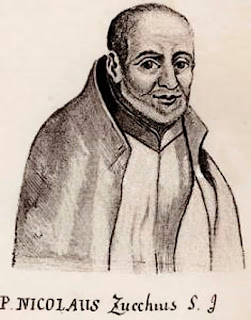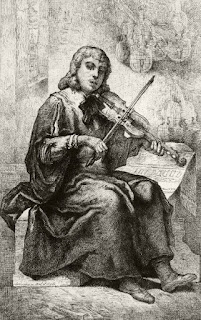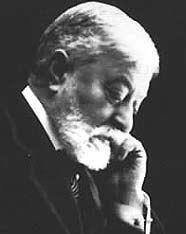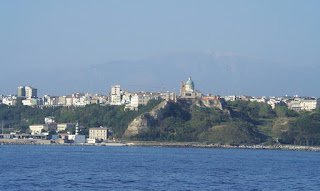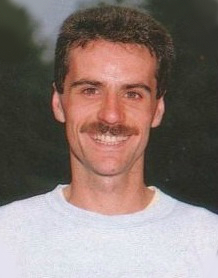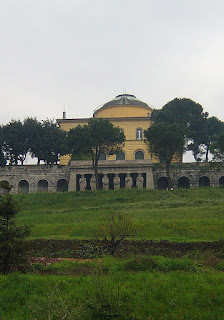Italy's last universal genius
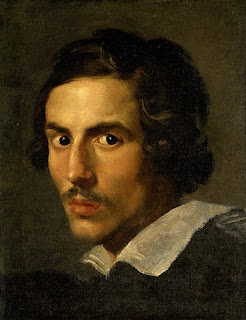 |
| Gian Lorenzo Bernini, a self-portrait from 1623, which is housed in Rome's Galleria Borghese |
Bernini developed the Baroque style, leading the way for many other artists that came after him. He was also an outstanding architect and was responsible for much of the important work on St Peter’s Basilica in Rome.
Bernini began his career working for his father, Pietro Bernini, a Florentine who moved to live and work in Rome.
The young Bernini earned praise from the painter Annibale Carracci and patronage from Pope Paul V and soon established himself as an independent sculptor.
His early works in marble show his amazing ability to depict realistic facial expressions.
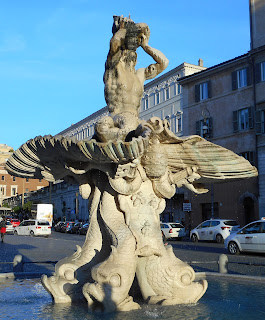 |
| The Fontana del Tritone - the Triton Fountain - in Rome's Piazza Barberini |
Bernini was then asked to build a symbolic structure over the tomb of Saint Peter in Rome. The result was the immense gilt-bronze baldachin executed between 1624 and 1633, an unprecedented fusion of sculpture and architecture and the first truly Baroque monument.
A fervent Roman Catholic, he believed that the purpose of religious art was to teach and inspire the faithful. His tomb for Urban VIII shows the pope seated with his arm raised in a commanding gesture, with two white marble figures below him representing the virtues.
Bernini’s fountains are his most obvious contribution to the city of Rome, in particular the Triton fountain, constructed in 1642 with its four dolphins.
 |
| The Fontana dei Quattro Fiume - the Fountain of the Four Rivers - in Piazza Navona in Rome |
Bernini’s greatest architectural achievement is the colonnade enclosing the piazza in front of St Peter’s Basilica, which holds the crowd gathered for the papal benediction at Easter and on other special occasions.
Bernini died at the age of 81 after having served eight popes. He was considered not only Europe’s greatest artist, but also one of its greatest men. He was possibly the last of Italy’s universal geniuses, a polymath to be ranked alongside Galileo, Michelangelo and Leonardo da Vinci.
Travel tip:
St Peter’s Square - Piazza San Pietro - was designed by Bernini to provide a large space where the faithful, from all over the world, could gather together. It is filled to capacity by pilgrims and visitors on Easter Sunday, Christmas Day and other important religious occasions when the Pope appears to address the crowd. These events are televised and watched by viewers all over the world.
Hotels in Rome from Hotels.com
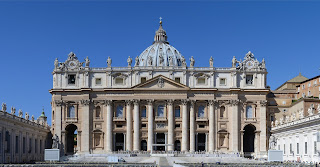 |
| The Basilica of St Peter in Rome |
The stunning Renaissance Basilica of St Peter was completed and consecrated in 1626. Believed to be the largest church in the world, it was built to replace the original fourth century Basilica that had been constructed on what was believed to be the burial site of Saint Peter. Bernini made many important artistic and architectural contributions to St Peter’s during his life.
More reading:
Cigoli - Tuscan architect who left his impression on Rome
Why Michelangelo was regarded as the greatest painter and sculptor of all time
Galileo Galilei - the great thinker dubbed the father of science
Also on this day:
(Picture of St Peter's by Alvesgaspar via Wikimedia Commons)
Home
